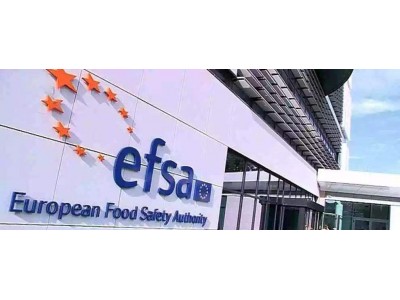銆€銆€鎹簡瑙o紝杩欑椋熷搧閰舵槸鐢包a href='//www.sqrdapp.com/news/tag_462.html' class='zdbq' title='闈炶浆鍩哄洜鐩稿叧椋熷搧璧勮' target='_blank'>闈炶浆鍩哄洜Papiliotrema terrestris鑿屾牚AE-BLC鐢熶骇鐨勶紝鏃ㄥ湪鐢ㄤ簬浠庝钩绯栫敓浜т綆鑱氬崐涔崇硸銆侟/div>
銆€銆€缁忚繃璇勪及锛屼笓瀹跺皬缁勮涓猴紝鍦ㄩ鏈熺殑浣跨敤鏉′欢涓嬶紝涓嶈兘鎺掗櫎楗鏆撮湶寮曡捣杩囨晱鍙嶅簲鐨勯闄╋紝浣嗚繖绉嶅彲鑳芥€ц璁や负寰堜綆銆傛牴鎹墍鎻愪緵鐨勬暟鎹紝璇勪及灏忕粍寰楀嚭缁撹锛岃繖绉嶉鍝侀叾鍦ㄩ鏈熶娇鐢ㄦ潯浠朵笅涓嶄細寮曡捣瀹夊叏闂銆傞儴鍒嗗師鏂囨姤閬撳涓嬶細
銆€銆€The food enzyme β-galactosidase (β-d-galactoside galactohydrolase; EC 3.2.1.23) is produced with the non-genetically modified Papiliotrema terrestris strain AE-BLC by Amano Enzyme Inc. The food enzyme was co
nsidered free from viable cells of the production organism. It is intended to be used in the production of galacto-oligosaccharides (GOS) from lactose. Dietary exposure to the food enzyme–total organic solids (TOS) was estimated to be up to 0.441 mg TOS/kg body weight (bw) per day in European populations. Genotoxicity tests did not indicate a safety concern. The systemic toxicity was assessed by means of a repeated dose 90-day oral toxicity study in rats. The Panel identified a no observed adverse effect level of 1800 mg TOS/kg bw per day, the highest dose tested, which, when compared with the estimated dietary exposure, resulted in a margin of exposure of at least 4082. A search for the similarity of the amino acid sequence of the food enzyme to known allergens was made and no match was found. The Panel co
nsidered that a risk of allergic reactions upon dietary exposure to this food enzyme cannot be excluded, but the likelihood is low. ba
sed on the data provided, the Panel co
ncluded that this food enzyme does not give rise to safety co
ncerns under the intended co
nditions of use.
銆€銆€
鏈枃鐢遍鍝佷紮浼寸綉椋熷搧璧勮涓績缂栬緫锛屾湁浠讳綍鐤戦棶锛岃鑱旂郴news@www.sqrdapp.com銆侟/span>
鐩稿叧鏀跨瓥瑙h











 鍦板尯锛欬/font>
鍦板尯锛欬/font>

 娆х洘璇勪及瀹惰煁锜€绮変綔涓裹/a>
娆х洘璇勪及瀹惰煁锜€绮変綔涓裹/a> 娆х洘璇勪及杞熀鍥犵帀绫矼O
娆х洘璇勪及杞熀鍥犵帀绫矼O
 娆х洘璇勪及涓€绉嶉害鑺界硸娣€
娆х洘璇勪及涓€绉嶉害鑺界硸娣€ 椴佸叕缃戝畨澶 37060202000128鍙饵/a>
椴佸叕缃戝畨澶 37060202000128鍙饵/a>



